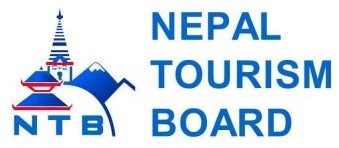The Everest Base Camp Trek: A Comprehensive Guide 2025-2026
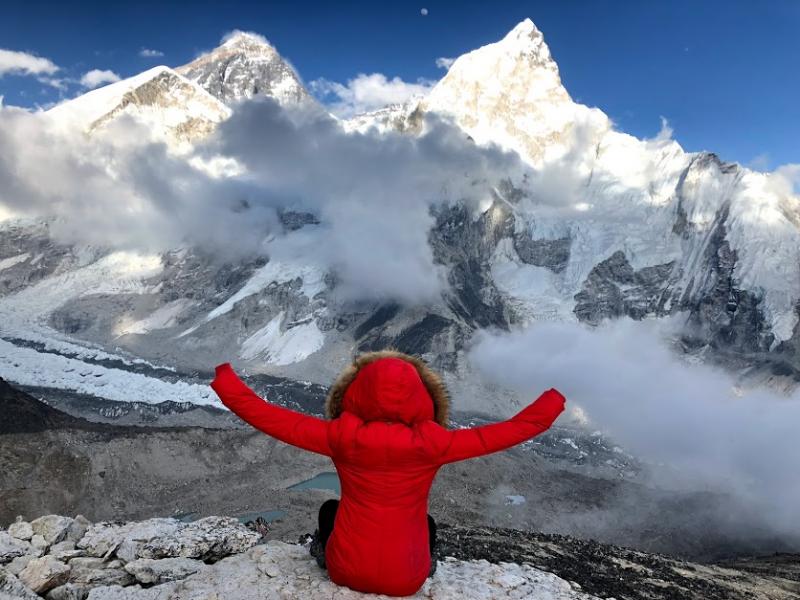
10th Jul, 2024
- teamramadventure
Table of Contents
- Introduction
- Weather
- Altitude Sickness
- Food and Accommodation
- Guide
- Distance and Equipment
- Flights and Price
- Conclusion
Introduction
If you are looking for an adventure of a lifetime, the Mount Everest Base Camp Trek is the ultimate challenge. The trek demands a certain level of physical fitness and mental preparation to overcome the challenges of high altitude and adverse weather conditions.
Table of Contents
To embark on this journey, it is recommended to train extensively in your preferred form of exercise, from running to weightlifting to aerobics. This will help you build stamina and endurance for the trekking journey ahead.
Weather
Weather conditions on the Everest Base Camp Trek can be unpredictable and harsh. The best times to trek are during the pre-monsoon (March to May) and post-monsoon (September to November) seasons.
Pre-Monsoon (March to May)
- Temperature: During this period, daytime temperatures range from 10°C to 15°C (50°F to 59°F) at lower elevations. Nighttime temperatures can drop to -10°C (14°F) at higher altitudes.
- Weather Conditions: Clear skies and dry conditions make this a popular time to trek. The trails are less crowded compared to the post-monsoon season.
Post-Monsoon (September to November)
- Temperature: Daytime temperatures range from 10°C to 20°C (50°F to 68°F) at lower elevations. Nighttime temperatures can drop to -15°C (5°F) at higher altitudes.
- Weather Conditions: This period offers clear skies and stable weather, making it the most popular time for trekking. The views are stunning, but the trails can be crowded.
Winter (December to February)
- Temperature: Daytime temperatures can range from -5°C to 5°C (23°F to 41°F) at lower elevations. Nighttime temperatures can plummet to -20°C (-4°F) at higher altitudes.
- Weather Conditions: Trekking during winter is challenging due to extreme cold and heavy snowfall, which can make trails difficult to navigate. However, the trails are less crowded.
Monsoon (June to August)
- Temperature: Daytime temperatures range from 15°C to 20°C (59°F to 68°F) at lower elevations. Nighttime temperatures can drop to 0°C (32°F) at higher altitudes.
- Weather Conditions: The monsoon season brings heavy rainfall, making the trails slippery and increasing the risk of landslides. Visibility is often poor due to clouds and fog.
Altitude Sickness
Altitude sickness, or Acute Mountain Sickness (AMS), is a common concern for trekkers on the Everest Base Camp Trek. It occurs when your body cannot adapt quickly enough to the decreasing oxygen levels at higher altitudes.
Symptoms
- Headache
- Nausea and vomiting
- Dizziness
- Fatigue
- Shortness of breath
- Loss of appetite
- Swelling of hands, feet, and face
Prevention
- Acclimatization: Gradual ascent with rest days to allow your body to adapt.
- Hydration: Drink plenty of water to stay hydrated.
- Medication: Consider taking medications like Diamox to prevent AMS (consult your doctor).
- Avoid Alcohol and Smoking: These can exacerbate symptoms of altitude sickness.
- Listen to Your Body: Descend immediately if symptoms worsen.
Food and Accommodation
Food and accommodation options along the Everest Base Camp Trek are plentiful, but they can vary greatly in terms of quality and cost.
Tea Houses
- Accommodation: Basic lodges offering a bed, blanket, and pillow. Shared bathrooms with basic facilities.
- Food: Local Nepali dishes (dal bhat), as well as international options like pasta, pancakes, and soups.
Luxury Lodges
- Accommodation: More comfortable with private bathrooms, hot showers, and better amenities.
- Food: A wider variety of food options, often prepared to a higher standard.
Camping
- Accommodation: Tents with sleeping bags and mats. Requires more preparation and equipment.
- Food: Meals prepared by a cook, usually part of a guided tour.
Tips for Food and Accommodation
- Diet: Stick to a diet of carbohydrates and proteins to maintain energy levels.
- Water: Always purify water before drinking. Consider using water purification tablets or a filtration system.
- Booking: During peak seasons, book accommodations in advance to secure a spot.
Guide
Hiring a guide for the Everest Base Camp Trek is highly recommended for safety and convenience.
Benefits of Hiring a Guide
- Local Knowledge: Guides have extensive knowledge of the trails, weather, and local culture.
- Navigation: They help navigate the often confusing network of trails.
- Safety: Guides are trained to handle emergencies and altitude sickness.
- Language Barrier: They can communicate with locals, making your trek smoother.
Types of Guides
- Licensed Guides: Certified by the Nepal Tourism Board. They have formal training and experience.
- Porter-Guides: They carry your gear and also guide you. They are less expensive but may have less experience.
Hiring a Guide
- Cost: Expect to pay between $25 to $50 per day for a licensed guide.
- Booking: You can hire guides through trekking agencies or online platforms.
Distance and Equipment
The Everest Base Camp Trek covers a distance of approximately 130 kilometers (80 miles) round trip.
Trekking Route
- Lukla to Phakding: 8 kilometers (5 miles)
- Phakding to Namche Bazaar: 10 kilometers (6.2 miles)
- Namche Bazaar to Tengboche: 10 kilometers (6.2 miles)
- Tengboche to Dingboche: 11 kilometers (6.8 miles)
- Dingboche to Lobuche: 8 kilometers (5 miles)
- Lobuche to Gorak Shep: 4 kilometers (2.5 miles)
- Gorak Shep to Everest Base Camp: 3 kilometers (1.8 miles)
Essential Equipment
- Clothing: Layered clothing system (base layers, insulating layers, waterproof outer layers).
- Footwear: Sturdy trekking boots, preferably waterproof with good ankle support.
- Backpack: A comfortable backpack with a capacity of 40-50 liters.
- Sleeping Bag: Rated for -10°C (14°F) or lower.
- Trekking Poles: Useful for stability and reducing strain on knees.
- First Aid Kit: Basic medical supplies and altitude sickness medication.
- Water Purification: Tablets or a filtration system.
- Sunglasses and Sunscreen: Protection against UV rays at high altitudes.
- Headlamp: Essential for early morning or late evening treks.
Flights and Price
The journey to Everest Base Camp typically begins with a flight from Kathmandu to Lukla.
Flights
- Kathmandu to Lukla: The flight takes about 30 minutes and offers stunning views of the Himalayas. Flights can be delayed or canceled due to weather conditions.
- Cost: Approximately $180 to $200 one-way.
Trekking Cost
- Permits: Sagarmatha National Park Permit ($30) and Khumbu Pasang Lhamu Rural Municipality Permit ($20).
- Guide and Porter: $25 to $50 per day for a guide, $15 to $30 per day for a porter.
- Accommodation: $5 to $20 per night for tea houses, $50+ for luxury lodges.
- Food: $15 to $20 per day for meals.
- Miscellaneous: Tips, equipment rental, and personal expenses.
Total Cost
The total cost for the Everest Base Camp Trek can range from $1,200 to $2,500, depending on your choices for accommodation, guides, and other factors.
Conclusion
The Everest Base Camp Trek is a challenging yet rewarding adventure that requires careful planning and preparation. By understanding the weather conditions, being aware of altitude sickness, choosing the right food and accommodation, hiring a knowledgeable guide, and having the necessary equipment, you can ensure a safe and memorable trekking experience. Whether you are an experienced trekker or a first-timer, the journey to the base of the world's highest peak is an unforgettable experience that will leave you with memories to last a lifetime.


 Plan Your Trip Now
Plan Your Trip Now 










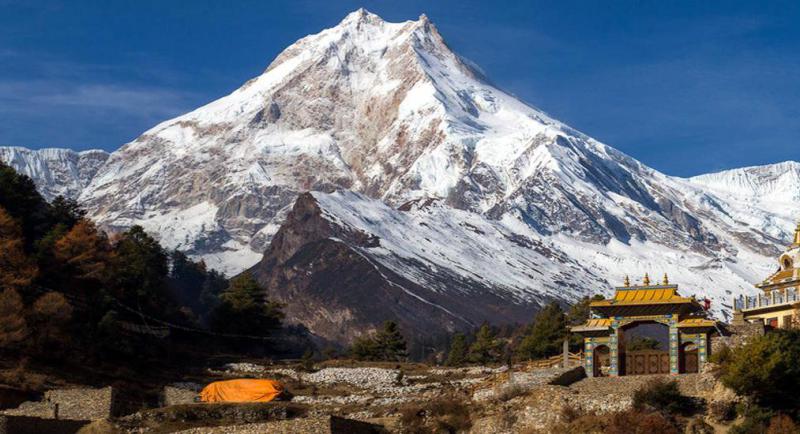

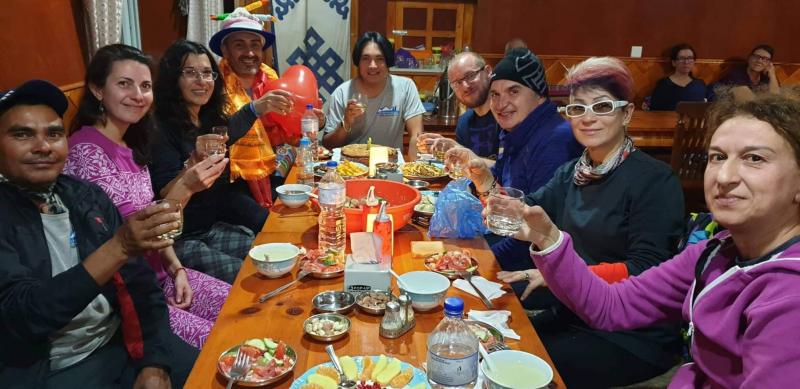









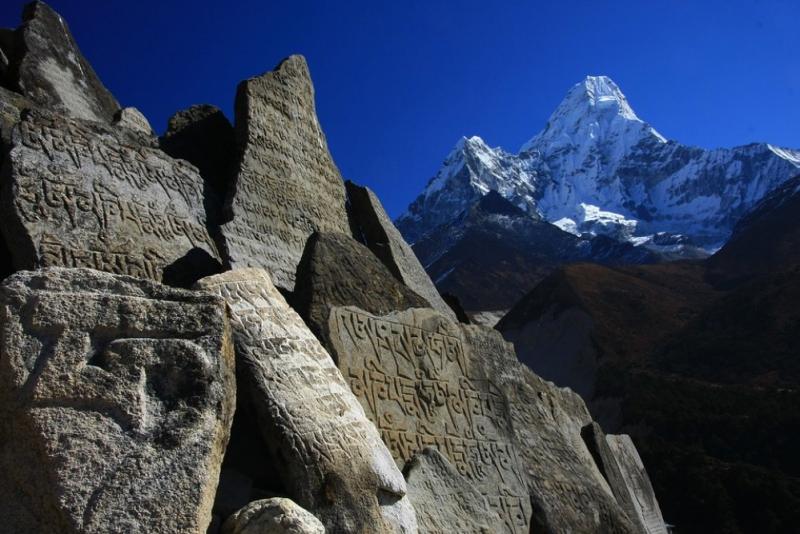






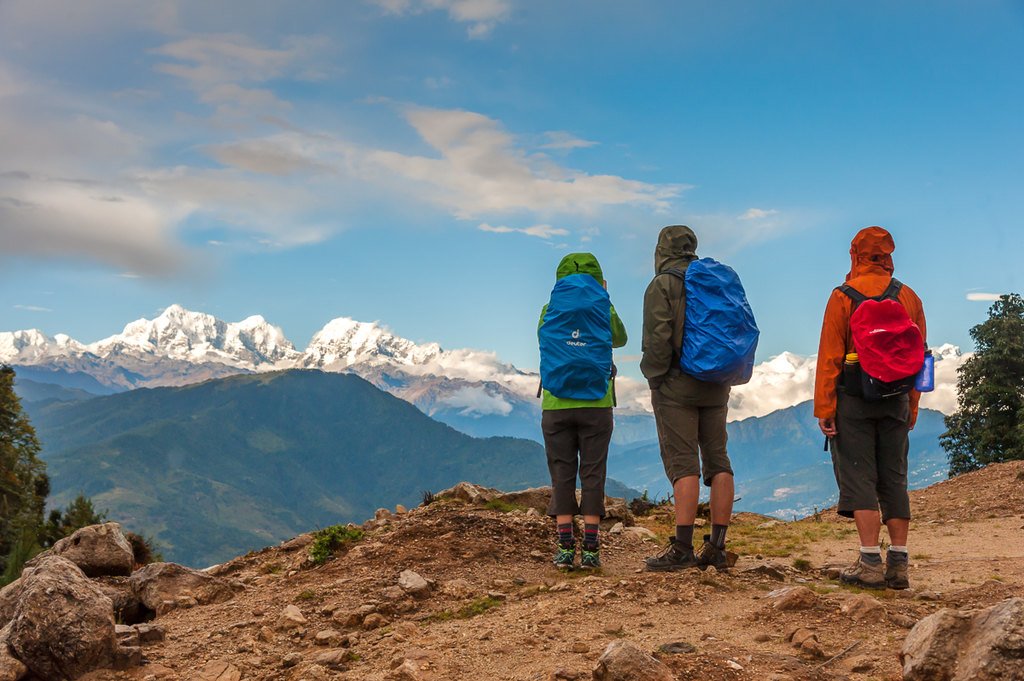
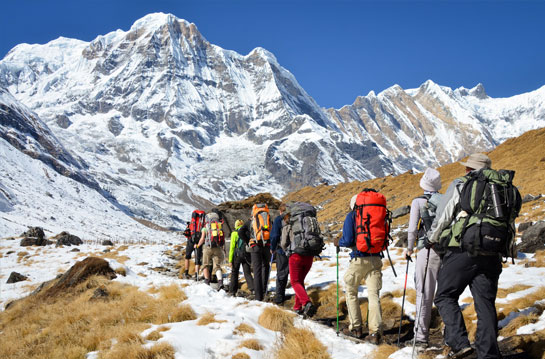
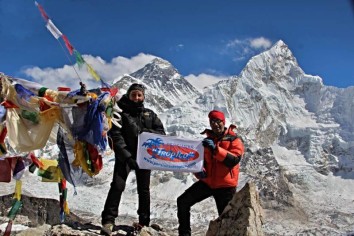






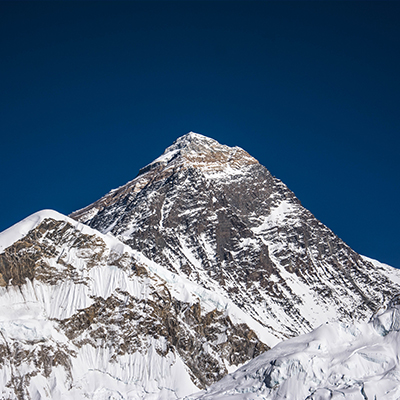


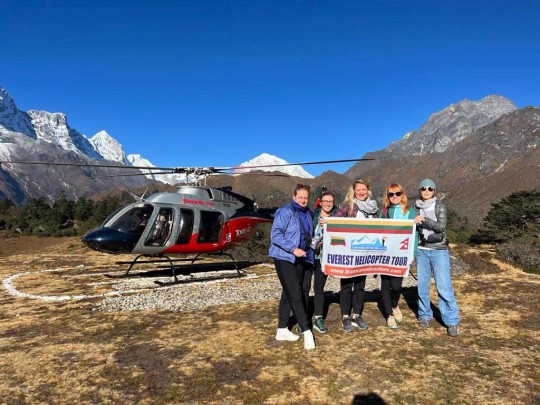



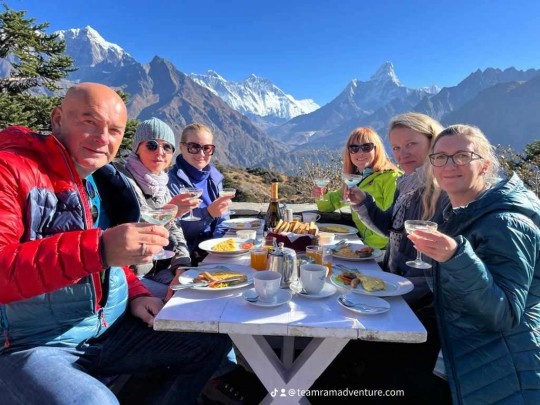







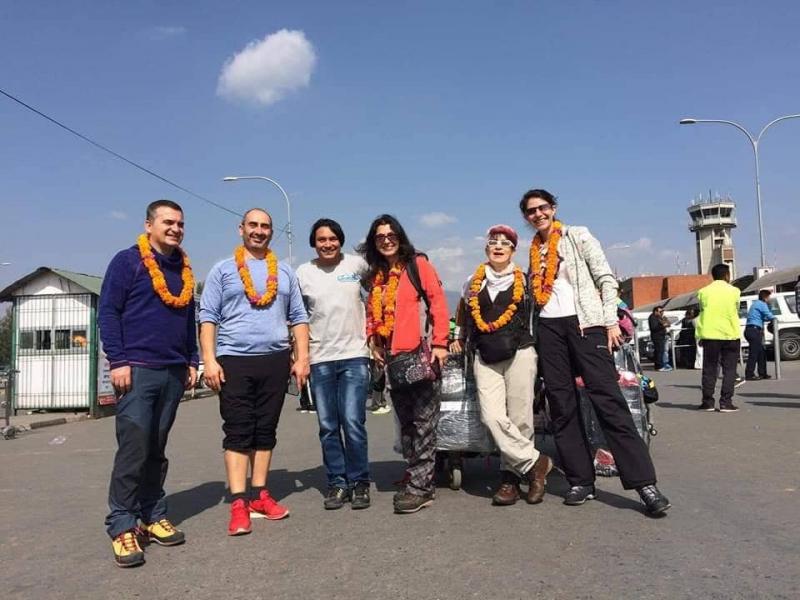












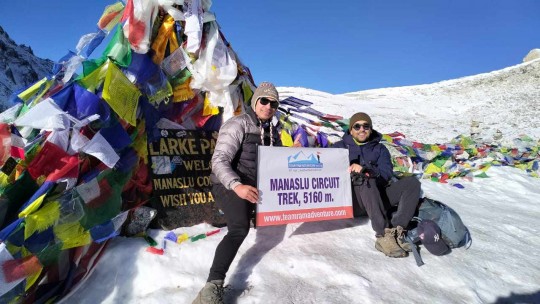
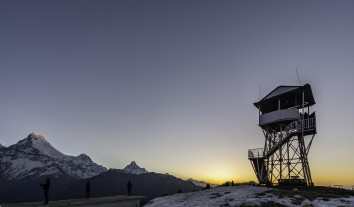
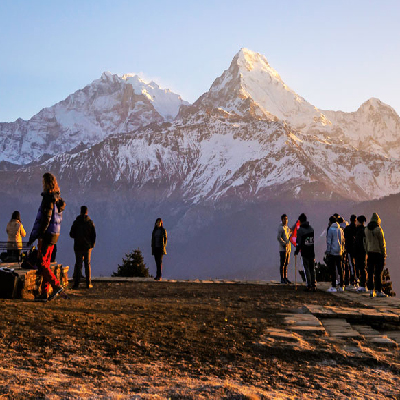










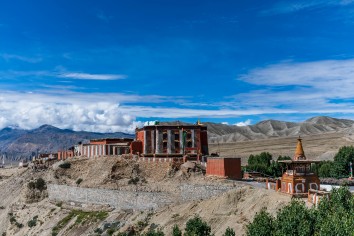


.jpg)







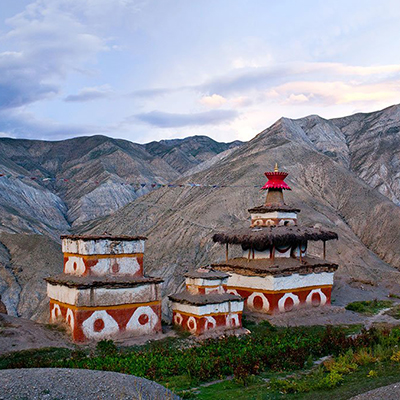
.jpg)


.jpg)

